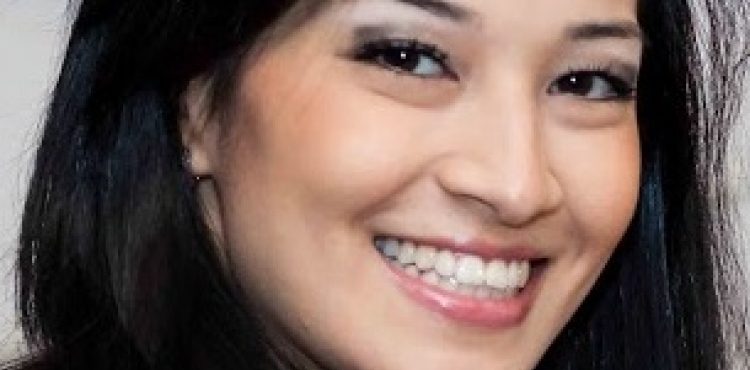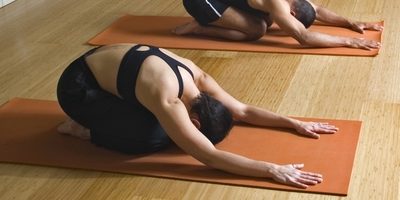
Tiê Yamato: proving Pilates is not a back pain super-fix
Meet Tiê Yamato, a PhD student at The George Institute originally from São Paulo, Brazil. In July 2015 her surprising research showed Pilates was no more effective at treating back pain than other exercises.
How long have you been working at The George Institute?
I’m a PhD student at The George Institute and I have been working here for 1 year and 8 months. I am from Brazil and I have a scholarship from there to do my PhD here and the plan is to stay 3 years in total.
What attracted you to working at The George Institute?
Australia is well known as one of the best countries in physiotherapy research around the world and The George Institute has some of the best researchers in this area. I thought that here would be the best place to come to learn a little bit from these research leaders in physiotherapy. I also had contact with some ex-students from The George that helped me with the process.
What made you want to research Pilates?
Pilates is a very common exercise method around the word, particularly in Brazil where it has became very famous, and people just started to practice Pilates as a solution for everything. Even health professionals were prescribing Pilates as a cure for many health conditions. As a physiotherapist, I was interested about better understanding the effects of Pilates for people with low back pain, as back pain is the main topic of my PhD.
What kind of reaction did you think your research would get?
I know that a lot of clinicians commonly choose this method for treating back pain, and that patients like this exercise method, so I thought that this review would come at a good time to help these people make better choices. Based on that, we were prepared for a strong reaction, as it is such a fashionable method.
What difference will this make to healthcare and why?
I think the main message of our review was that Pilates seems effective for people with low back pain, but that it is not better than other forms of exercises. Hence, we believe that the choice between Pilates and other exercises for low back pain should be based on the patient’s or care provider’s preferences, and costs.
What is your professional background?
I graduated in Physiotherapy in 2010. Then, I did a specialisation course in neurology in 2011 and finished my masters degree in physiotherapy in 2013.
Why do you enjoy working at The George Institute?
I really enjoy work at The George Institute, firstly because I am learning a lot since I arrived, and I am very proud to work with some of the best influences that I could have to build my knowledge and my career. I am just at the middle of my journey here, but from my experiences to date, I think it will be the best experience of my life.
To explain to people what I do I say… that I am a physiotherapist and I work with research to try to find better choices for patients, who are my first priority since I became a physiotherapist.
I work at The George Institute because… for me, here is one of the best places to have the experience of learning knowledge and working with outstanding researchers in my area.
To unwind at the end of the day I… dream about a better world. I am just a beginning researcher that still has the feeling that we can change, not the whole word, but some minds with better choices.
My first job was… in a physiotherapy sports clinic in Brazil, where I just started to build my journey as a physiotherapist.
My biggest achievement so far… was to have the opportunity and the scholarship to come to Australia and live the biggest challenges that I’ve been living. And I guess this study is the first result that showed me that my dreams are coming true.


